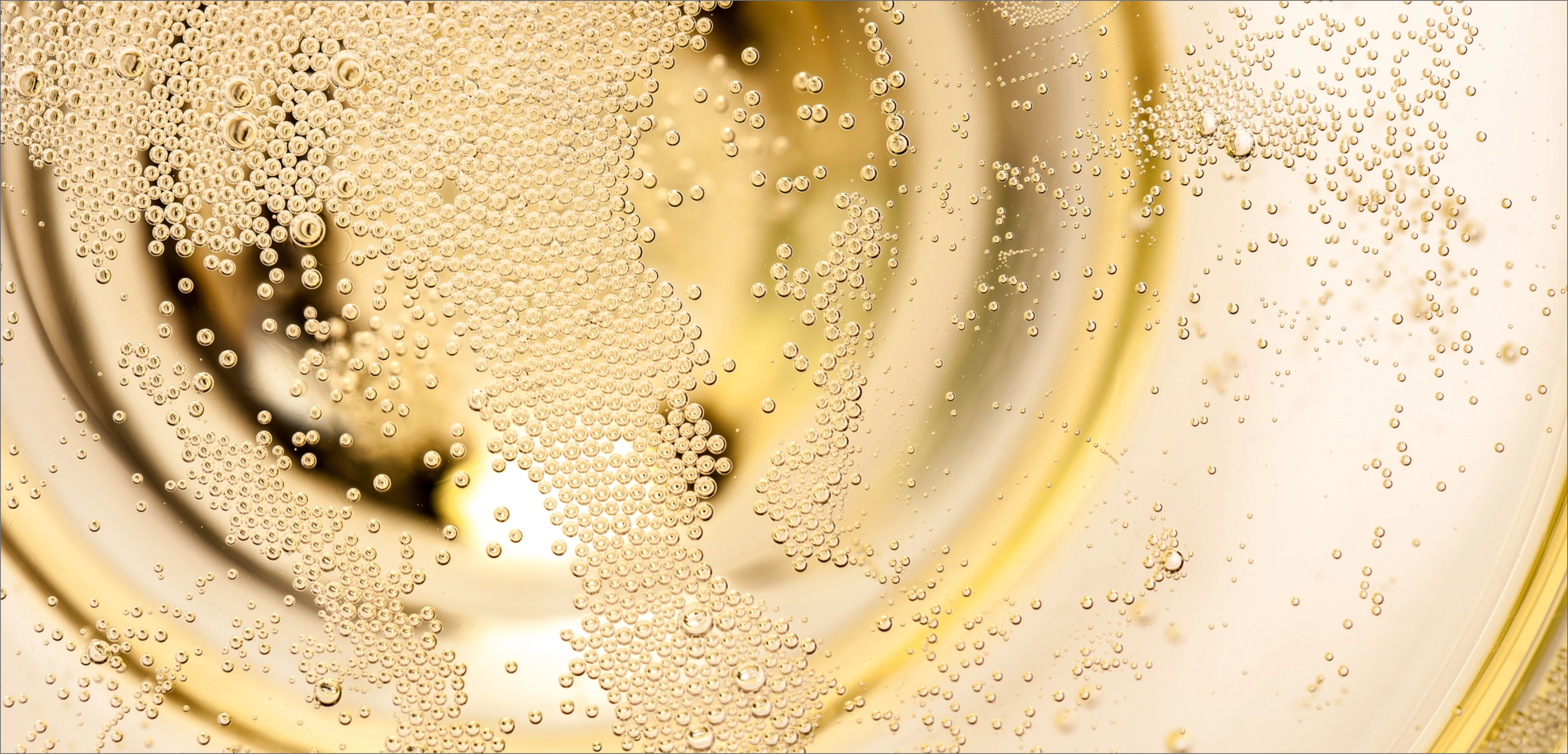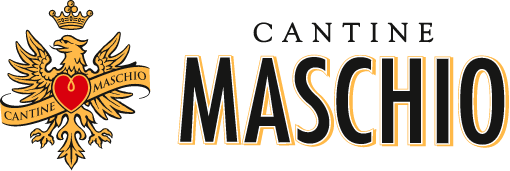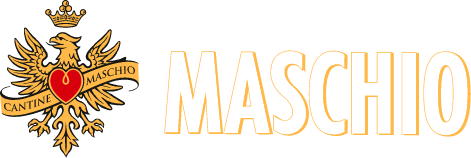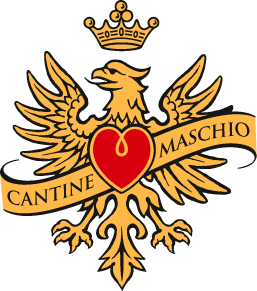
Sparkling wine:
this is the product obtained from the first or second alcoholic fermentation of fresh grapes, grape must or wine, characterized – when the container is opened – by the release of carbon dioxide derived exclusively from fermentation which, when kept at a temperature of 20° C in closed containers, has an excess pressure of not less than 3 bar due to carbon dioxide in solution
Semi-parkling (frizzante) wine:
this is a product obtained from wine or grape must which has a potential total alcoholic strength of not less than 9% vol. and an actual alcoholic strength of not less than 7% vol. When kept at a temperature of 20°C in closed containers, it has an excess pressure, due to endogenous carbon dioxide in solution, of not less than 1 bar and not more than 2.5 bar
Sparkling wine making:
Creating a wine that is refermented wine until it reaches a pressure of 3 bar or higher
Still wine:
this is a wine that has finished its fermentation and may contain dissolved carbon dioxide at atmospheric pressure (maximum 1 bar)
Sugar:
one of the chemical substances whose molecular characteristics provide them with sweetening potential. The principal grape sugars are glucose and fructose; in the production of sparkling wines the use of beet sugar or cane sugar (saccharose) is permitted
Sugar content:
with reference to grapes, this indicates the amount of sugars contained in the juice. It is expressed as a percentage or in grams/liter





